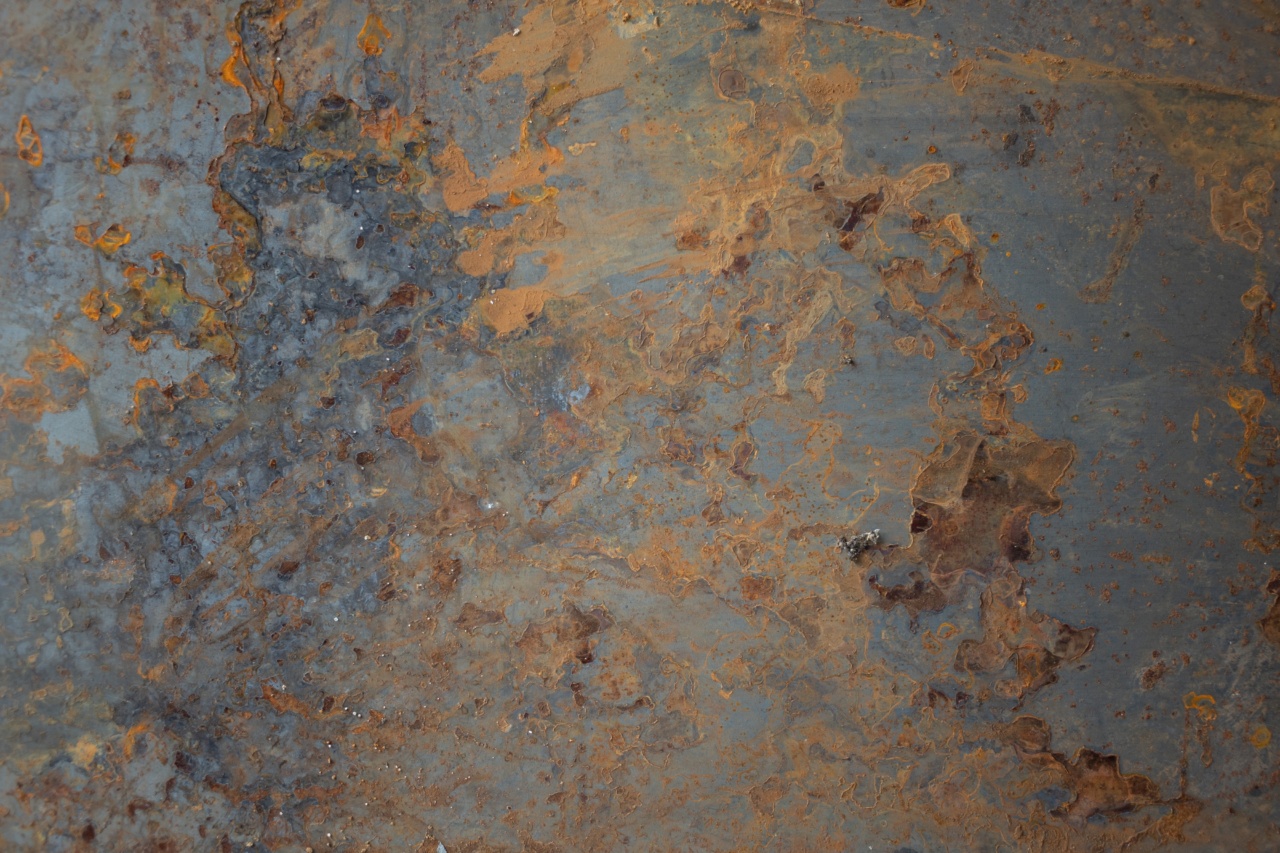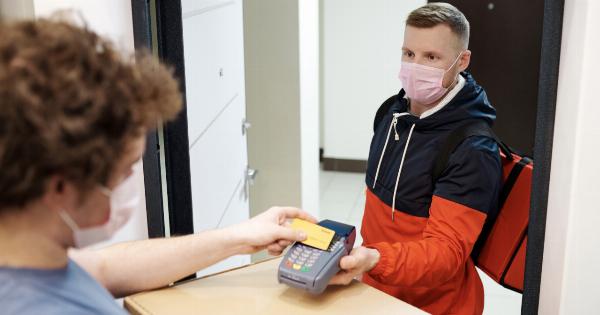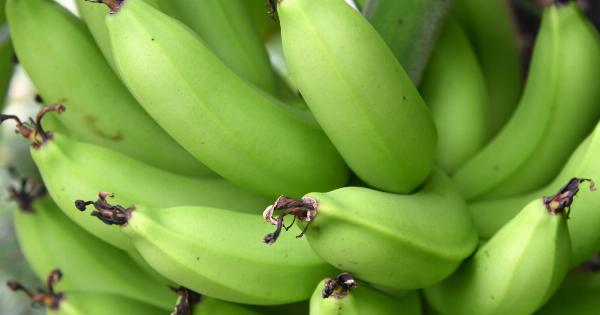Food insecurity is a global issue that affects millions of individuals and families. This problem manifests in different ways across different populations and the causes can vary from natural disasters to economic instability.
Whatever reason leads to hunger, it is important for the world to come up with innovative solutions, funded by governments and non-governmental organizations. One of these solutions comes in the form of the hunger-canceling fracture.
What is the Hunger-Canceling Fracture?
The hunger-canceling fracture is a new technology that could revolutionize the way the world tackles food insecurity.
This technology is currently being developed by researchers at the Massachusetts Institute of Technology (MIT) and aims to make food more accessible to people, especially those facing acute food insecurity.
At its most basic, the hunger-canceling fracture is a device that sits on top of a packaged meal.
When activated, the device heats up and the resulting warmth causes a chemical process that alters the food, making it less susceptible to spoilage and more resistant to microbial growth. This means that the food stays fresh for a longer period of time, which is particularly important in emergency situations where food may be hard to come by.
How Does the Hunger-Canceling Fracture Work?
The hunger-canceling fracture works through a process known as Maillard reaction, which occurs when amino acids and reducing sugars in food react with one another at a particular temperature.
This reaction causes the food to brown, creating a distinct flavor and aroma. In the case of the hunger-canceling fracture, the reaction is triggered through the application of heat from the device.
The heat activates a small packet of chemicals within the device which react with the food to create a seal around it.
This seal locks in the flavor and aroma and makes it more difficult for oxygen to enter the packaging, which in turn inhibits microbial growth and spoilage.
What are the Benefits of the Hunger-Canceling Fracture?
There are several benefits to using the hunger-canceling fracture, including:.
- Extended Shelf Life: As mentioned earlier, the hunger-canceling fracture can extend the life of packaged food, which is particularly important in situations where a long-lasting food supply is necessary.
- Inexpensive to Produce: The cost of producing the hunger-canceling fracture is relatively low, as the device is made from off-the-shelf components.
- Easy to Use: The device is easy to use and can be activated with the press of a button.
- Sustainable: By reducing food waste, the hunger-canceling fracture can help promote sustainability and reduce the environmental impact of the food industry.
Applications of the Hunger-Canceling Fracture
The hunger-canceling fracture has several potential applications, including in disaster relief efforts, in community kitchens, and in the commercial food industry.
In disaster relief efforts, this technology could ensure that packaged food lasts longer, helping people facing food insecurity to access fresh and nutritious food.
In community kitchens and schools, the hunger-canceling fracture could help meals stay fresh for longer, reducing food waste and ensuring that children are receiving nutritious meals on a regular basis.
In the commercial food industry, the technology could help extend the life of packaged foods and reduce waste, ultimately promoting a more sustainable future for the industry.
The Future of the Hunger-Canceling Fracture
The hunger-canceling fracture is still very much a developing technology, but its potential impact is significant.
With more research and development, the hunger-canceling fracture could be integrated into food packaging across the globe, helping to reduce food waste and ensure that everyone has access to fresh and nutritious food.
While the hunger-canceling fracture is not a silver bullet for food insecurity, it is an important step in the right direction.
Through innovation and collaboration, we can find solutions that work for everyone and help build a more equitable and sustainable future.






























